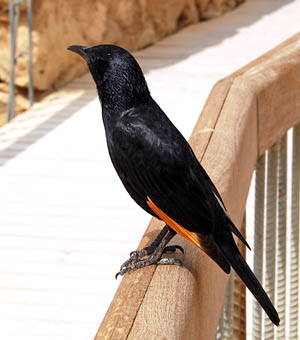A recent article in stuff.co.nz calls Ephesus “Turkey’s ancient splendour.” Here a few excerpts from the article by Brenda Webb of the Marlborough Express.
The ruins of Ephesus on Turkey’s west coast are among the best preserved and most impressive in the Mediterranean.
Imagine 250,000 people living in an area roughly the size of Picton township [a New Zealand town of about 3000 population].
Throw in an amphitheatre that seats 25,000 people, a massive three-story library, several temples, an agora (market place), a brothel, Roman baths complex, a gymnasium and various basilicas, temples and fountains.
This gives some idea of the size and complexity of the amazing ancient city of Ephesus, one of the 12 cities of the Ionian League and a once thriving Mediterranean port where skillful artisans and rich merchants gathered.
Today it’s a frantically busy historical site, so it’s best to visit early morning or late afternoon and avoid peak holiday season of July and August.
Half an hour inland from the Turkish coastal city of Kusadasi, Ephesus retains much of its former grandeur thanks to sensitive excavation and preservation that began around 100 years ago and continues today, with only 20 per cent of the site uncovered.
It certainly is a work in progress – the day we visited a huge crane was removing rubble from yet another new excavation site beside the magnificent amphitheatre that took 60 years to build.
In was here that gladiatorial combats were said to be held during Roman times as well as less brutal concerts and theatrical performances.
The acoustics in the amphitheatre are fantastic. We watched and listened in awe as an Italian tourist recited poetry on the stage, his words clearly reaching us some distance away.
Ephesus was first inhabited as long ago as 6000 BC but reached its peak in Roman times and most of the remains you see today date from then.
Despite its age and years of plundering, Ephesus remains surprisingly intact, especially its marble streets, the much photographed library and massive amphitheatre.
Some of the best-preserved artefacts, statues and tools have been taken to the nearby Ephesus Museum in Selcuk but some amazing structures remain and it is its completeness that gives it the edge over other historical sites in the Mediterranean.
Read the rest of the article here.

The Arcadian Way runs from the Theater (to our back) and the harbor (now silted up). Photo by Ferrell Jenkins.
Luke describes some of the work of Paul at Ephesus in these words:
And he entered the synagogue and continued speaking out boldly for three months, reasoning and persuading them about the kingdom of God. But when some were becoming hardened and disobedient, speaking evil of the Way before the people, he withdrew from them and took away the disciples, reasoning daily in the school of Tyrannus. This took place for two years, so that all who lived in Asia heard the word of the Lord, both Jews and Greeks. (Acts 19:8-10 NAU)
For the full account of Paul’s work in Ephesus read Acts 18-20.
HT: Biblical Paths.












You must be logged in to post a comment.